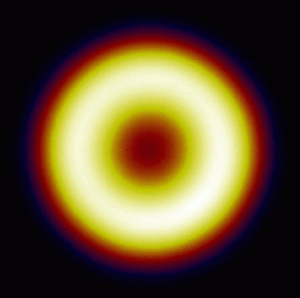Computational Physics of Phase Transitions
A new model proposed by Professor Anders Sandvik is challenging the current understanding of phase transitions between different states of quantum magnets taking place at very low temperatures. Computer simulations carried out in his group by former graduate student Jie Lou (now a postdoctoral researcher at the University of Tokyo) have shown how a continuous symmetry can emerge in a non-magnetic, valence-bond-solid state, in agreement with a controversial theory involving deconfinement of fractional spin excitations (“spinons”). A more recent large-scale study of the phase transitions to a magnetic state shows that, while deconfinement may indeed take place, the mechanism differs from that of the proposed theory.
The discovery of a concrete example of a “deconfined” quantum-critical point is of great interest not only in condensed matter physics, but also in particle physics, where analogous phenomena are studied in gauge-field theories. Sandvik’s work was featured in an APS Physics Viewpoint, an on-line review spotlighting exceptional research.
Continue reading: Detectors for Dark Matter and National Security
Return to Research
 Physics | Annual Report 2010
Physics | Annual Report 2010 